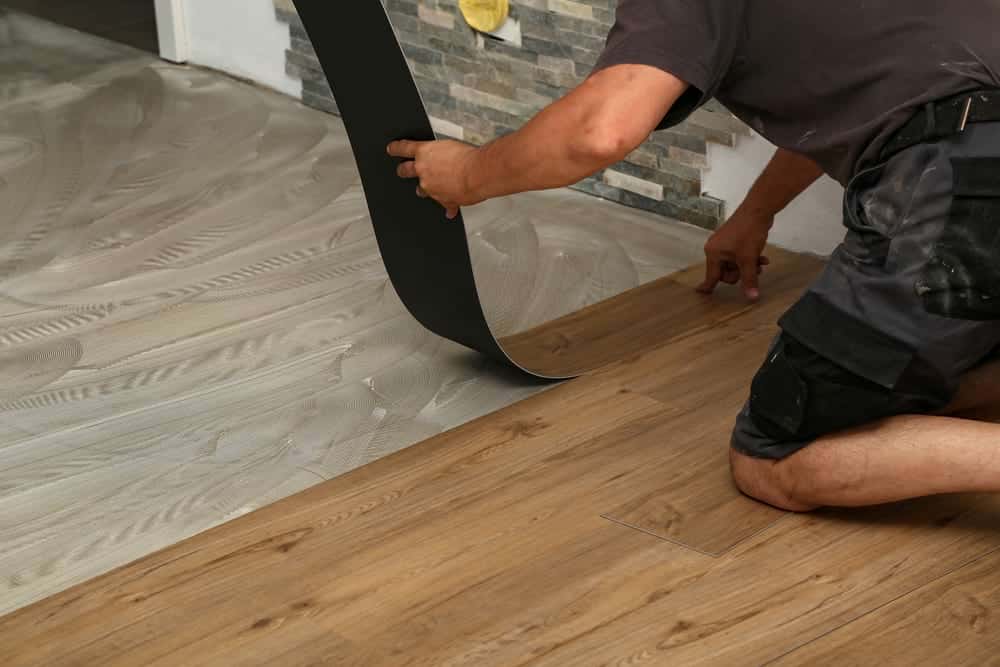Missing mortgage repayments does not guarantee that your house will be repossessed.
There are steps you can take to stop repossession from happening.
One of these steps is filling out an N244 form.
But how exactly do you complete the N244 form? And can you do so without legal assistance?
Read on to find out.
What is an N244 form?
In the UK, a N244 form can be used to ask a court to cancel an order to repossess your property. A judge will look at the details of your case and decide if there will be a court hearing.
When submitting an N244 form, you will have to:
- Demonstrate that you have a repayment plan for the remaining mortgage amount
- You should apply for a court hearing at least 3 days (but preferably more) before your eviction date.
The second point is so there is sufficient time for the court to review it and decide if it will stop the eviction.
(If you submit the form too late, such as on the day of the eviction itself, then you may be evicted while at court.)
Remember, house repossessions generally take at least 6 months to complete. So you should have plenty of time to appeal them.
When does an N244 form come into effect?
The N244 form can come into effect very quickly – in some instances, it could be the very next day.
Whether you are evicted will depend on the judge’s decision, so it is critical that you submit the form on-time with all the correct sections filled in, so that eviction can be stopped.
If you want to get hold of an N244 form, then you can download it for free from the UK government website.
However, to make an application on notice, you will usually have to pay a fee of £275.
Why is an N244 form important?
An N244 form is essential to ensure that you are not evicted from your home.
If you do not have alternative living arrangements that you can rely on, then it can be the final resource available to someone who wants to keep living in their house.
If you don’t fill it in correctly and on-time, then you may lose your house altogether.
How to complete the N244 form when facing repossession
The N244 form is an important and complicated form – so it is essential that you complete it correctly when facing repossession.
The most important thing is that you complete your N244 form without any errors. This requires you to put the correct information for all the following sections:
- Your details
- The capacity in which you are making the application
- Why you are making the application
- Whether you are attaching a draft order with your N244 form
- How you would like the hearing to take place
- When the hearing will take place, with which level of judge
- Who the application will be served to
- Any evidence that you will rely on
- Date and signature
Some of these sections – such as the first and final section – are more straightforward than others.
For some of the more vague categories, such as why you are making the application, it may be valuable to have independent legal guidance.
Should I get legal support when completing an N244 form?
Whether you choose to get legal support when completing an N244 form is completely up to you.
However, for the best result, it is highly recommended that you consult with a legal expert, such as a specialist solicitor.
This person can ensure that you complete the form without any errors, and that you have given yourself the best possible chance of success.
Finding the funds to pay a legal expert to help you with this may be challenging, because if you do not have the money to make your mortgage repayments, you may also struggle to raise the funds for this.
However, if you can find a way to afford this assistance, then it is recommended that you use it.



















